The content of the article
Laminate flooring is one of the best flooring. It is durable and strong. In addition, it perfectly simulates expensive original wooden coatings and has a wide selection of colors. However, even with the best, incidents can happen. So the laminate, although not often, but still breaks. But usually they can be completely eliminated on their own, without having professional skills. This will be discussed further.
What are the damage
First of all, it is worthwhile to figure out what mechanical damage to the laminate everyone can handle. So, in total there are 4 damage options:
- Cracks between lamellas;
- Chips
- Cracks and scratches;
- Swelling planks.
Next, we will consider in detail how to fix each of the problems.
Slots between lamellas
It would seem that a small gap between the laminate panels does not pose any danger, but only creates a cosmetic negative effect. In fact, their appearance can entail a deformation of the entire covering of the room, so it is important to stop this at the root.
If you are faced with the problem of the appearance of gaps between the lamellas, you should initially understand the reasons, otherwise the problem will certainly arise again.
The most common cause of this problem is laying on uneven floors. In the repair of housing, all stages should be carried out responsibly. Overlooking even a minor aspect can cause serious problems. Laying the floor, and the laminate in particular also requires all stages of work to be performed flawlessly.
Why does the laminate hold normally for the first months? It's all about the substrate. At first, it evens the floor, but over time, it sags, and irregularities make themselves felt.
However, this is not the only cause of cracks. The acquisition of substandard goods may also affect. As they say, avaricious pays twice. Therefore, when choosing cheap models, it should be understood that in the near future various breakdowns are possible.
Also, do not purchase a laminate from different manufacturers, even if their color is the same. The thing is that the device locks may vary.
Solution to the problem
So, if a similar problem arose due to irregularities, there are several solutions. First of all, you should remove the area where the cracks appeared. If the floor irregularities are insignificant, then the substrate simply changes. With more significant deviations from the ideal horizontal, you also need to change the substrate, but the floor should be pre-aligned.
If, for any reason, the above procedures are not possible, you can simply close the gaps to prevent moisture from entering. To do this, initially, the hole between the lamellas should be cleaned from debris. After that, the edges of the laminate are glued with tape, and putty is put inside the color of the coating, which should be leveled with a spatula and left to dry. At the end, the tape is removed and everything is wiped with a damp rag.
Chip clearing
Chips can most often occur in the kitchen, as something often falls in this room. Namely, blows of heavy objects are the main cause of chips. Solving a similar problem is somewhat easier than removing the cracks. To do this, you need a special acrylic sealant, which can be bought at a hardware store. By the way, in order not to suffer with the selection of the perfect shade, you can choose a white sealant and separately select a dye for it. However, tinting it, do not forget that when it dries, it darkens.
Using sealant is quite simple. It is enough to cover them with a chip and smooth them with a rubber spatula. The procedure is carried out at least 3-4 times, since the sealant settles upon drying.
In the absence of sealant, it can be replaced with a mixture of gypsum and sawdust (1: 1 ratio), which is diluted with a small amount of water. The resulting paste can also successfully close up even a large chip.
Cracks and scratches
Small cracks and scratches do not deserve a separate section in this article, since in fact the solution to the problem is quite simple. However, we will be generous and devote some time to solving this trouble.
So, to remove minor cracks and scratches, you will need a special pencil, which you can easily find on the windows of construction stores. How to use it is clear on an intuitive level. You just need to cover up their problem area.
Bloating
In this case, there are also several reasons. The first is incorrect floor installation. It is known that there should be a small gap between the extreme part of the laminate and the wall, since over time the material expands slightly. Accordingly, if he can’t diverge, he will begin to rise. In this case, the only right decision will be to dismantle the extreme parts of the floor structure and cut them further a couple of centimeters.
Also, the laminate may swell due to moisture. When the coating is new, it has an additional protective layer. But after a few months or years (depending on the quality), it is erased, which makes the laminate vulnerable to moisture.
Of course, once a spilled glass of water is unlikely to make the laminate swell, but if you or the neighbors on top managed to flood the floor, the risk of such a problem increases significantly.
In this case, there are two ways out. However, whichever of them you use, first you need to remove the deformed parts. After that, it is worth deciding on further actions. Either go to the store and pick up a new laminate of the most similar color, or lay out the swollen parts on a solid flat surface, put a heavy press on top and wait at least 6-7 days. During this time, the boards should return to their original state. It will also be a plus if the room in which the boards swollen with moisture will be stored is with reduced humidity.
If the laminate is not fixed
If insufficiently qualified workers were hired to lay the laminate, then after laying the floor you may encounter the fact that the floor will “walk”. In this case, you should not pay for the work of these "masters", because in order to fix the problem, you have to re-shift the entire floor. Having ignored this problem, in the future (perhaps even very soon) the laminate will finally fail. Locks will begin to break, and the panels themselves will swell.
As you can see, most of the problems, which at first glance may seem quite significant, can be solved. The main thing is to know how to do it.
Video: laminate repair - repairing chips and cracks

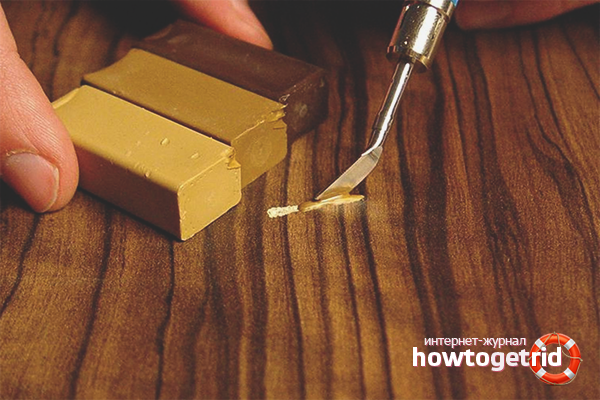
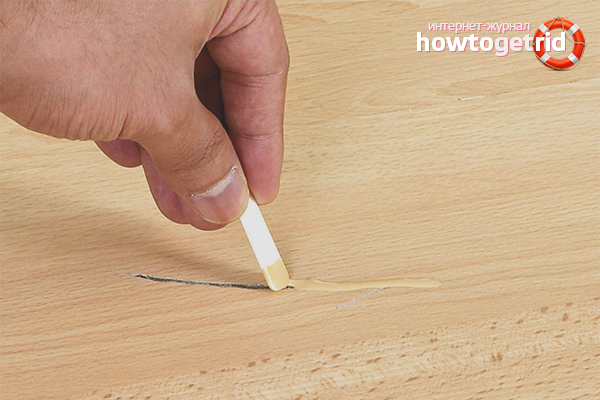
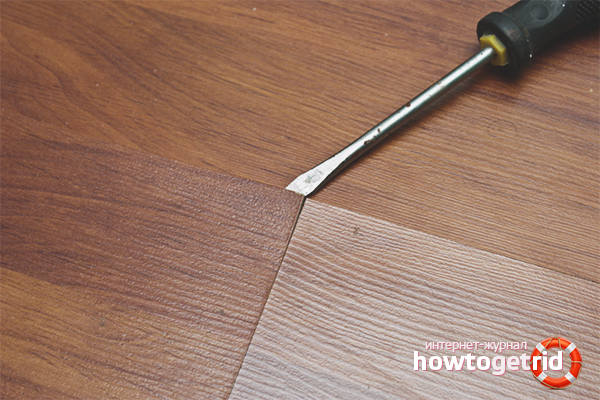

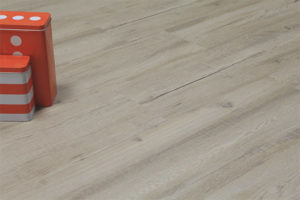




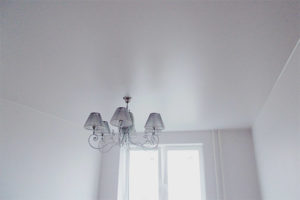

Submit